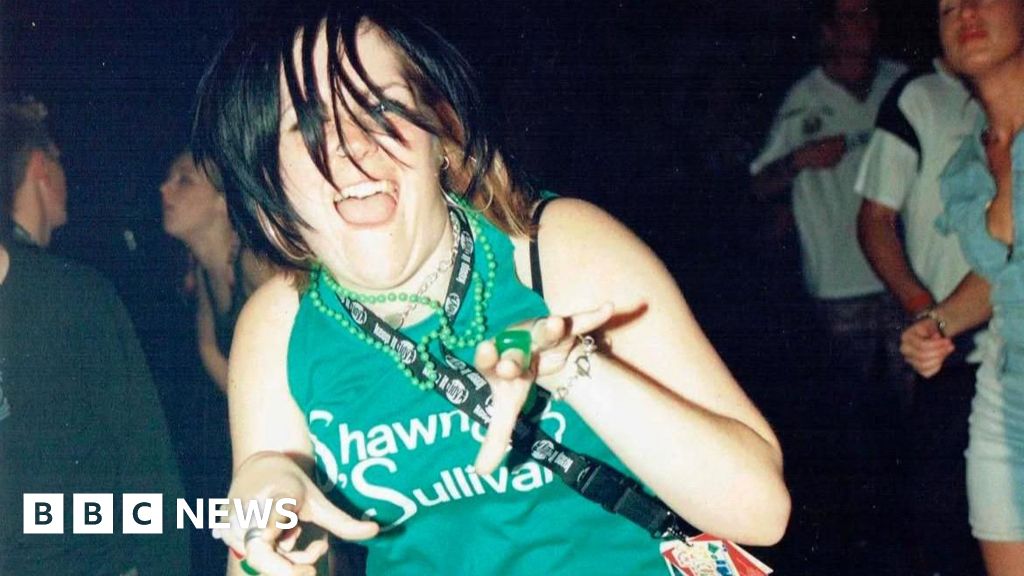The Rise and Fall of the Clubbing Scene in Essex
The 1990s was a time when the dance floor was the ultimate social hub, where people could come together and connect with strangers. For Emma Edmondson, a 41-year-old artist, the dance floor was "the Tinder of the late 90s." She, along with writer Tim Burrows, is organizing a series of events to explore the ascent and fall of the clubbing scene in Essex and the UK.
A Look Back at the Golden Days
Emma and Tim, both former ravers, grew up on opposite sides of the Thames but shared a passion for the nightlife scene. They will be hosting an exhibition at the Westgate Shopping Center in Basildon as part of the Estucture Festival 2025. The exhibition will feature a video installation, sculptural paintings, and a panel discussion. Emma reflects on the iconic clubs of Essex, such as Raquel’s in Basildon, which was once a staple of the nightlife scene.
The Decline of the Nightlife Scene
The government’s legislation in the 1990s, which criminalized non-licensed raves and large gatherings, marked the beginning of the end for many of the district’s most famous venues. The rise of new laws and increasing rents led to the closure of many nightclubs, leaving areas like the Southend Strip empty and devoid of life. Emma notes, "Look at the Southend Strip and how all of these night clubs have turned into bowling allies or just lie empty… I and Tim wanted to ask what happened to the nightlife of South Essex."
The Importance of the Dance Floor
The project aims to "reaffirm the social importance of the dance floor" and explore what happened to the nightlife scene in South Essex. Emma believes that the dance floor was a space where people could connect with strangers, something that is lacking in today’s world. She says, "There are very few places where we can communicate with strangers unless we commute."
Upcoming Events
The events will kick off with an exhibition at 5:00 pm on Saturday in unit 10 at Westgate in Basildon. The exhibition will feature a video installation, sculptural paintings, and a panel discussion organized by Tim. The day will end with a Raquel reunion event at the OWL and Pussycat Pub in the city. On Tuesday, Tim will talk about his new book, "Clubbing and Communing in Essex," a collection of essays that explore the topic.
The Legacy of Raquel’s
Raquel’s, a once-iconic club in Basildon, was a hub for nightlife in the 1970s and 1980s. The club’s legacy lives on, and Emma’s project aims to capture the essence of what made it so special. Tim, from Southend-on-Sea, notes that the COVID-19 pandemic has also played a role in the decline of the clubbing scene.
The Future of Nightlife
A recent study by the Night Industries Association found that almost two-thirds of people between the ages of 18 and 30 rarely go out as much as they used to. A separate YouGov survey found that Gen Z is the most sober age group, with 39% not drinking alcohol at all. Tim believes that the decline of the clubbing scene is due to a combination of factors, including increasing rents and changing social habits.

